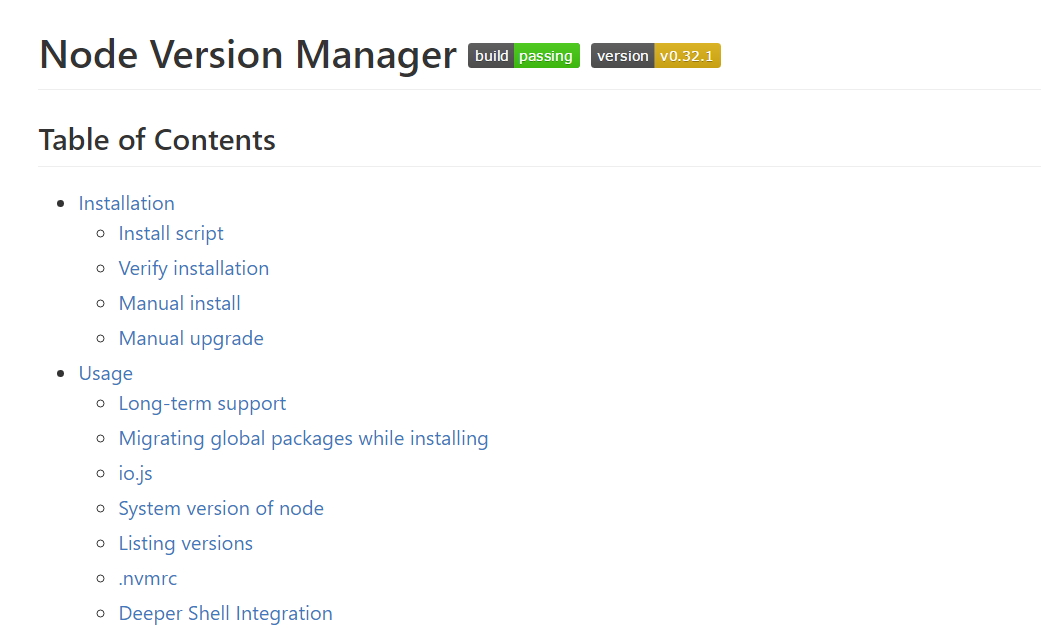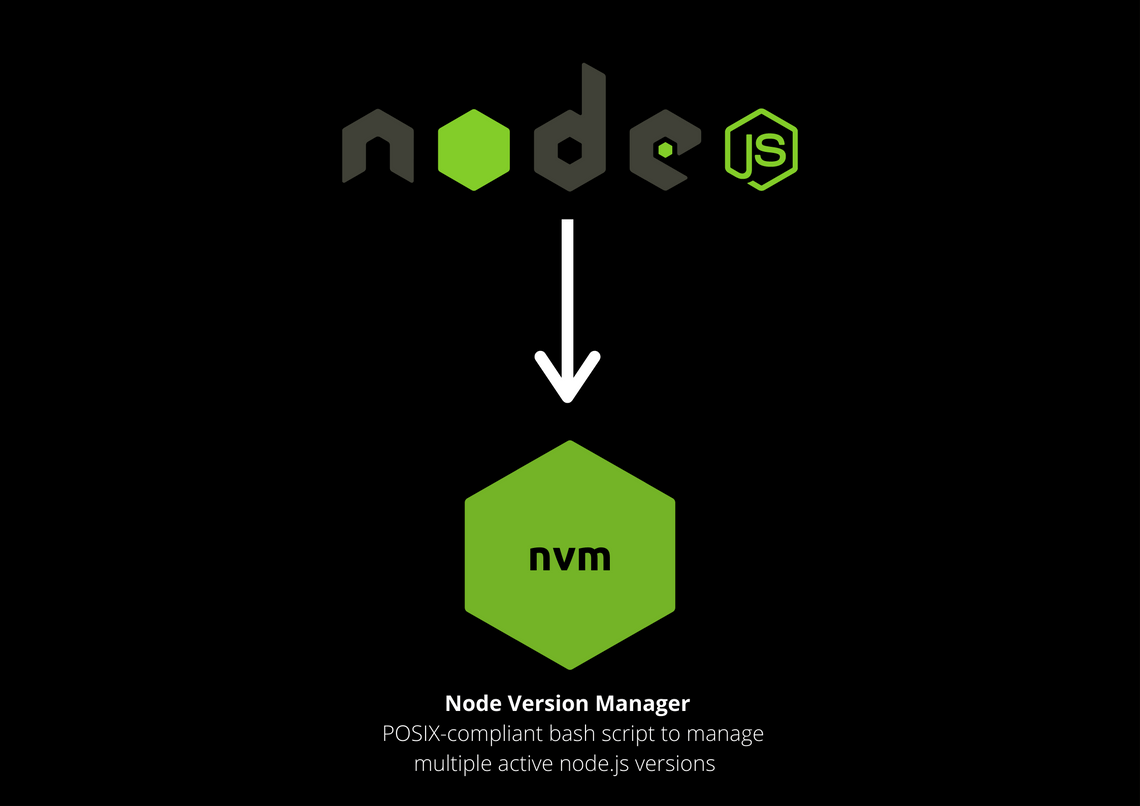
- #Nvm install node version manager how to
- #Nvm install node version manager software
- #Nvm install node version manager code
You can switch the active version using the use command: nvm use 14.7.0 Setting the Default Versionīy default, the first version of Node.js which is installed will become the default – this can be changed by changing the default alias: nvm alias default 14.7. This tool makes developers life little easy by providing the features of using and managing different node versions for multiple projects in a single system.

The below command will install a specific version of Node.js: nvm install 14.7.0 Switching Node.js Versions Node Version Manager(NVM) is the most widely used tool for node.js version management. If you have an existing Node.js environment you may want to migrate your existing global Node.js packages after installing. Rather than provide installation instructions here, I’ll link to them, just in case they change with a future update.Ĭlick here for NVM installation instructions for Linux.

Neat! Installing Node Version Manager on Linux Now all you need to do is make a note of which version of Node.js you used for a particular project, and switch to that version using NVM the next time you want to fire it up and fix something.
#Nvm install node version manager how to
With a few terminal commands you can switch the version of Node.js you system is using, including the version of any installed modules. In this tutorial, I will show you how to install different nodejs versions while not messing up your current server or development setup. NVM is the Node Version Manager – it does just what the name says – it manages the versions of Node.js on your system. Rolling back to the old version would be a big hassle to fix a minor bug. You go to run it and it fails – it depended on the old version of Node.js. In the mean time, a new version of Node.js has been released and you’ve updated to that and are using it in your new projects.īut – something breaks in your old app.
#Nvm install node version manager code
Managing code dependencies is never fun. Some of your dependencies will have their own dependencies, so once you’ve got your project up and running and working, you want to make sure things remain consistent so that no changes break your code.įor example: You’ve built a cool app in Node.js – and deployed it to production and moved on to another project. Other dependencies will include the specific versions of any third party libraries you have used, and may also include tools like compilers or other applications.
#Nvm install node version manager software
Managing Code Dependencies SucksĪ code dependency is any software or library which your project depends on – if you’ve built an app on Node.js, then the specific version of Node.js you used while developing your project is a dependency. New versions of Node.js are released periodically, with major version releases often breaking compatibility with code written for earlier versions. It’s commonly used to build APIs, webapps and even desktop applications.

Node.js is a JavaScript runtime which allows you to build and run JavaScript apps outside of the web browser. Here’s why it’s so useful, and how to use it in Linux. The Node Version Manager (NVM) is an indispensible tool for JavaScript Developers.


 0 kommentar(er)
0 kommentar(er)
